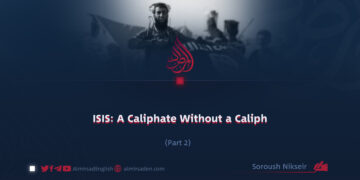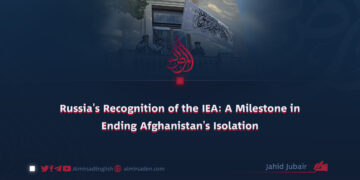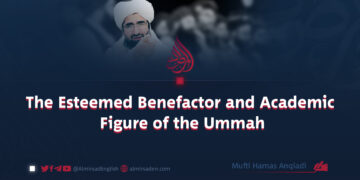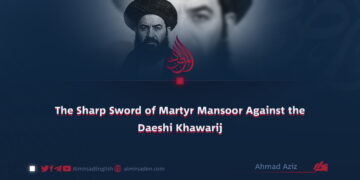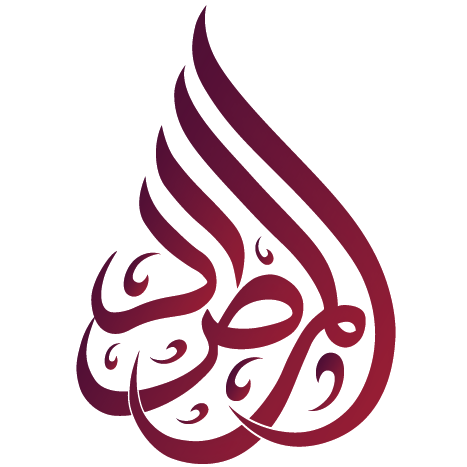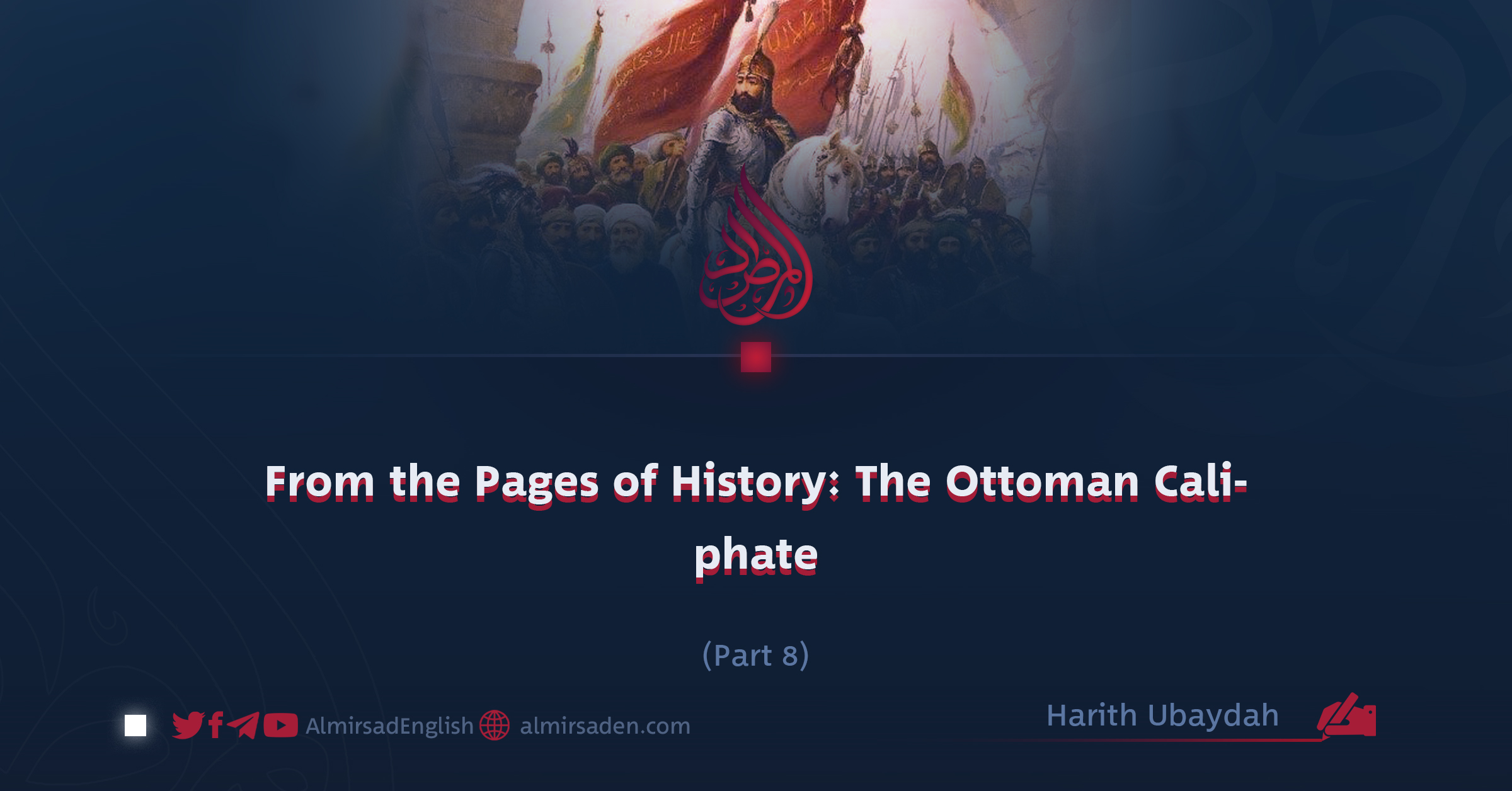Part 8
Author: Harith Ubaydah
The Decline and Fall of the Seljuk Empire
Following the death of Sultan Malik Shah, the Seljuk Empire, once a formidable Sunni power, began to unravel. Malik Shah was survived by three sons: Berkyaruq, Muhammad Sanjar, and Mahmud. The youngest, Mahmud—later titled Nasir al-Din Mahmud—was still a child when allegiance was pledged to him, primarily due to the significant influence of his mother, Terken Khatun, who had held great authority during her husband’s reign. Mahmud’s brief rule lasted from 485 to 487 AH (1092–1094 CE). Upon the death of both Mahmud and his mother, the throne passed to Rukn al-Dīn Abuʿl-Moẓaffar Berkyāruq ibn Malik-Šāh, who ruled until 498 AH (1105 CE).
Subsequent succession disputes further weakened the empire. Rukn al-Din Malik Shah II briefly took power, followed by Ghiyath al-Din Abu Shuja Muhammad, who ruled until 511 AH (1128 CE). Ghiyath al-Din became the final sovereign of the Great Seljuk Empire, with his capital in Transoxiana and authority over vast regions including Khorasan, Iran, and Iraq. By 522 AH (1128 CE), the empire succumbed to the rising Khwarazmian dynasty, marking the formal end of Seljuk supremacy.
Disintegration and Fragmentation
The collapse of central authority in Transoxiana precipitated the empire’s fragmentation. Once united under the formidable leadership of Sultan Tughril Beg, Sultan Alp Arslan, and Malik Shah, the Seljuk state splintered into a patchwork of rival principalities. Ambitious emirs and regional commanders carved out autonomous domains, rejecting the notion of centralized leadership. Internecine conflict among brothers, uncles, nephews, and descendants of the ruling family became commonplace, rendering the Seljuks a house divided.
This internal discord paved the way for new regional powers. The Khwarazmian Empire rose to prominence, enduring Mongol pressure for nearly a century. In Iraq and Syria, the Atabeg principalities emerged, while in Anatolia, the Seljuks of Rum formed a new polity that successfully repelled Crusader advances and protected northwestern Anatolia—until they too fell before the Mongol onslaught.
Causes Behind the Collapse
Multiple factors contributed to the downfall of the Seljuk Empire, which in turn hastened the decline of the Abbasid Caliphate. These included:
– Succession Conflicts: Constant civil wars among competing Seljuk princes destabilized the empire.
– Corruption: Instigation of discord among Seljuk rulers by some emirs, viziers, and advisors.
– Female Interference in Governance: Prominent royal women sometimes influenced political decisions, often exacerbating internal divisions.
– Abbasid Weakness: The caliphs of the time lacked the authority to check Seljuk dominance. Seljuk rulers often exercised de facto power, even having their names mentioned in the Friday sermons.
– Failure to Consolidate Muslim Lands: The Seljuk rulers failed to unify Syria, Iraq, and Egypt under the Sunni Abbasid banner.
– Factionalism: Fragmentation into competing emirates drained the empire’s resources and resolve, weakening its ability to respond to external threats.
Additionally, the Seljuks faced relentless pressure from the Crusader invasions, the disruptive campaigns of the Ismaili (Batini) sect, and brutal assaults by European marauders—all of which hastened the empire’s demise.
The Achievements of the Seljuks
Despite their eventual decline, the Seljuks rendered profound services to the Islamic world. Their achievements include:
1. Preserving the Abbasid Caliphate: By asserting military and political leadership, the Seljuks prolonged the life of the Abbasid Caliphate by nearly two centuries, thwarting the ambitions of the Shia and extremist Rawafid factions.
2. Halting Fatimid Expansion: Their military strength obstructed the Fatimid Empire’s efforts to unify Eastern Arab Muslims under its Ismaili ideology.
3. Laying the Foundation for Sunni Unity: The Seljuks paved the way for greater unity in the Islamic world—a vision later realized under the Sunni leadership of Salah al-Din al-Ayyubi.
4. Military Innovation and Security: They enhanced military capabilities and provided relative stability in the regions under their control.
5. Resisting Crusaders and Mongols: They fiercely resisted Byzantine-led Crusader invasions and made significant efforts to counter Mongol threats.
6. Promotion of Sunni Islam: The Seljuks actively supported Sunni orthodoxy and elevated the stature of religious scholars, leaving a lasting imprint on Islamic scholarship and governance.
This summary reflects the remarkable yet turbulent legacy of the Sunni Seljuks. It would be a profound injustice to accept the baseless accusations leveled against them by some modern historians—such as the unfounded claims made by Professor Najib Zeib in the General Encyclopedia under Al-Maghrib wal-Andalus—who seek to distort their character and contributions. The Seljuks were not mere rulers; they were defenders of Islam, brave Mujahideen, and architects of a political order that shielded the Muslim world during a time of great peril.
















